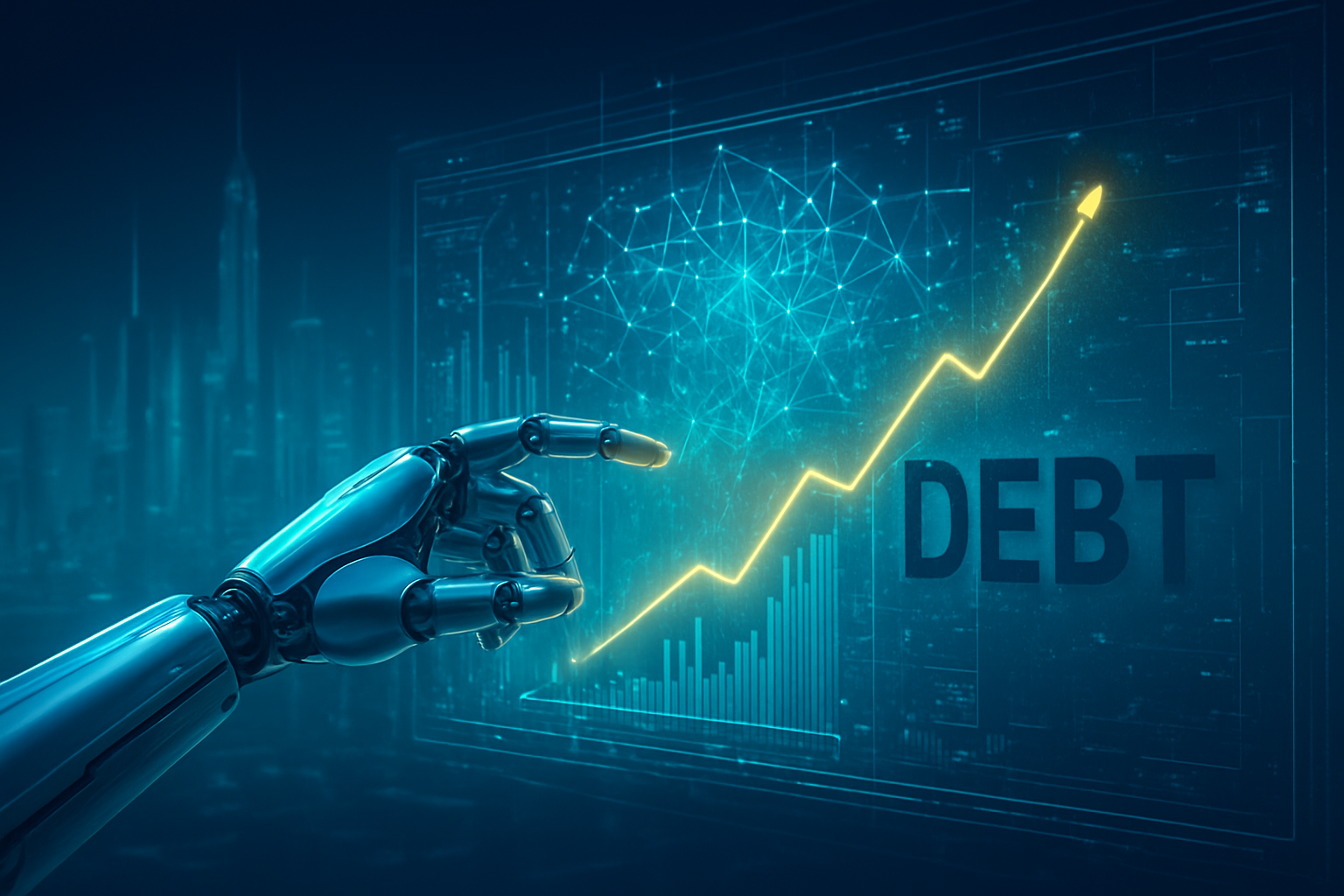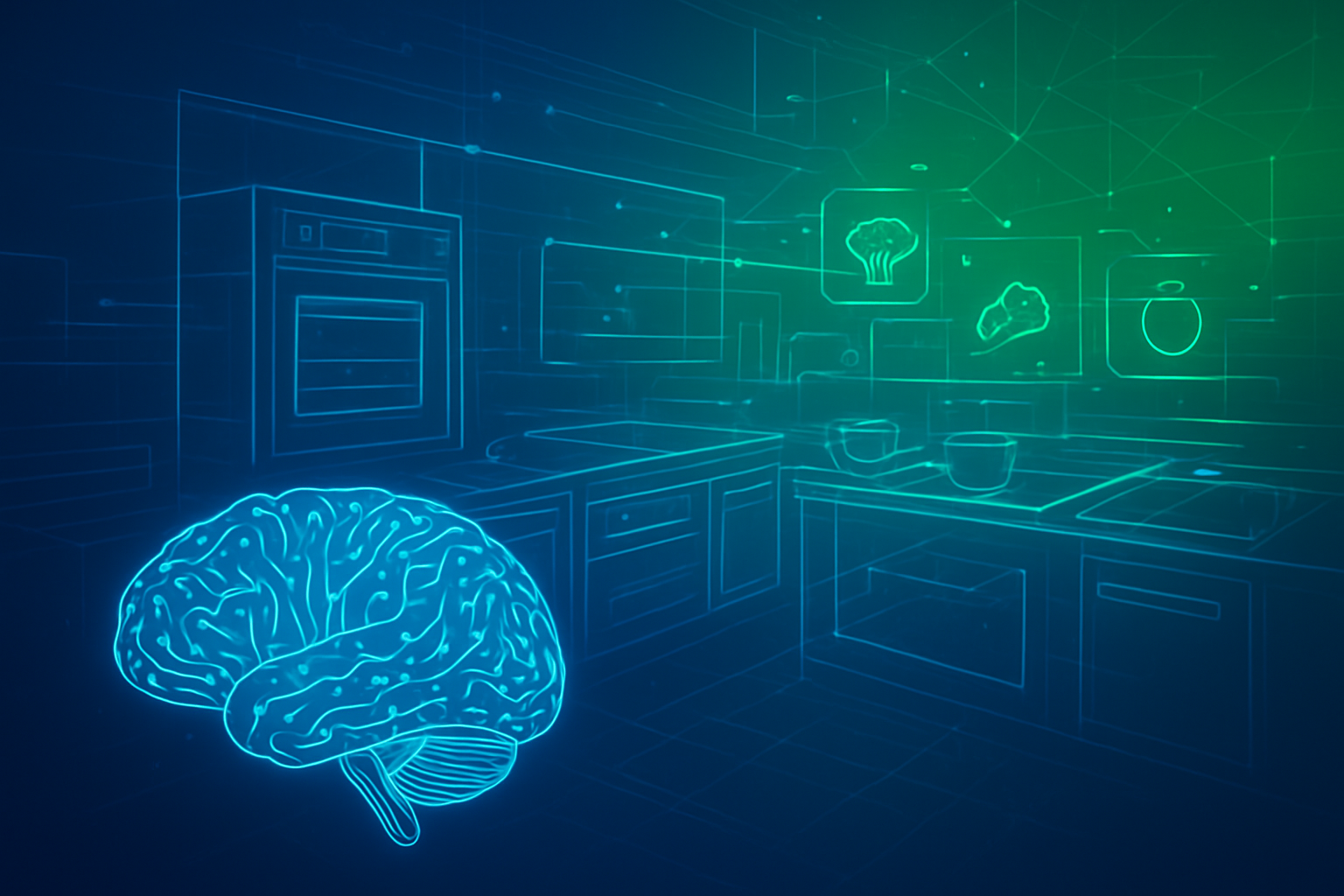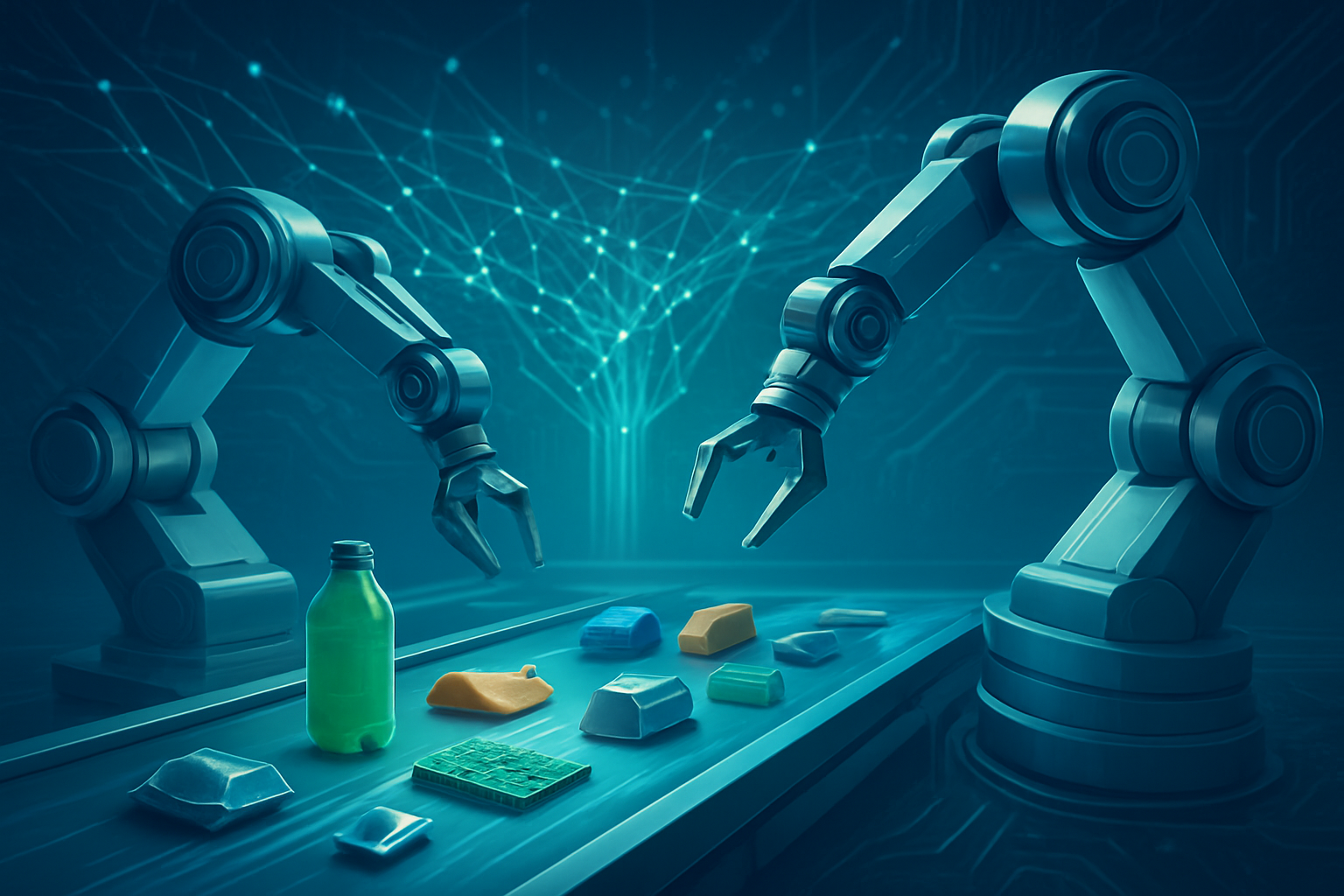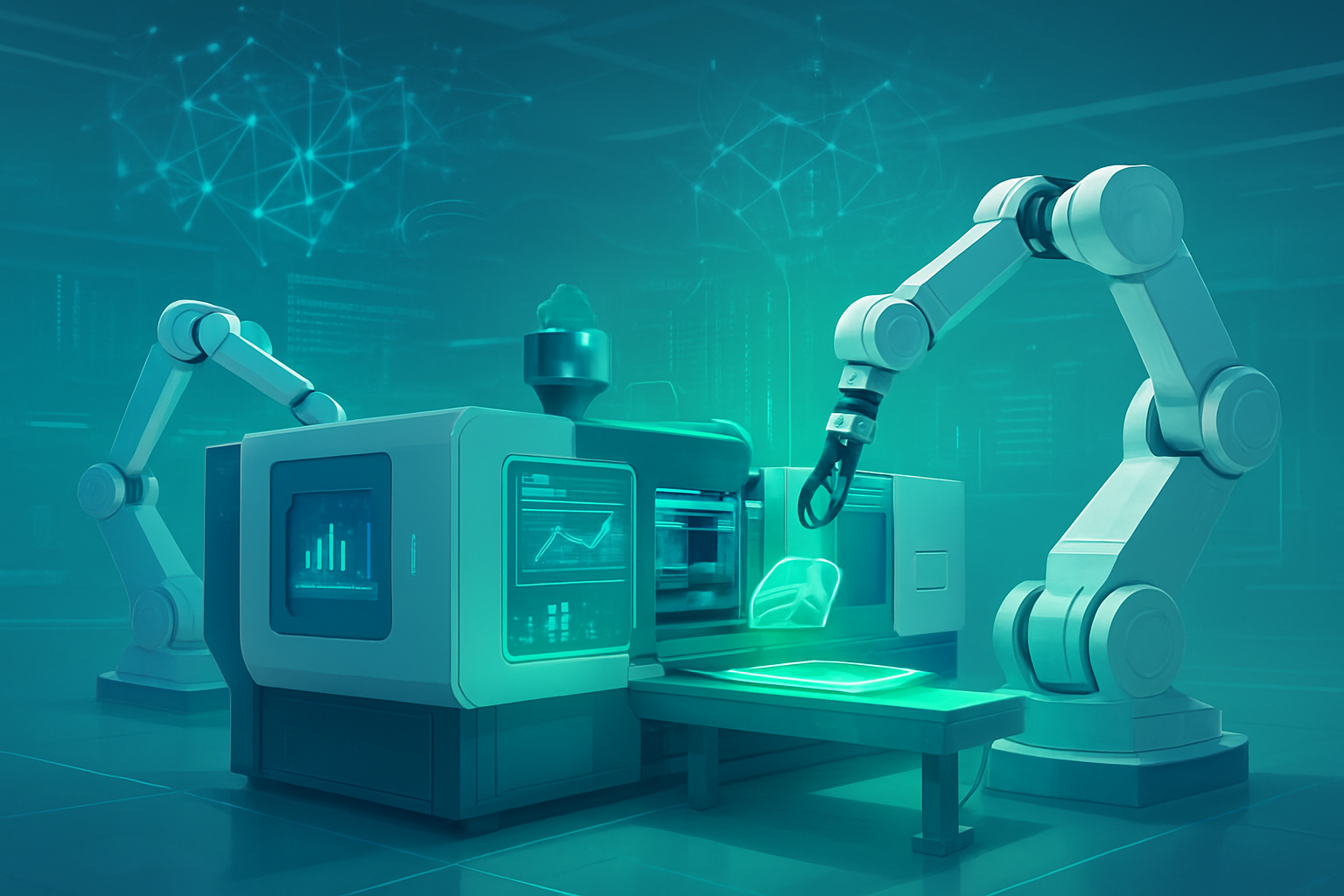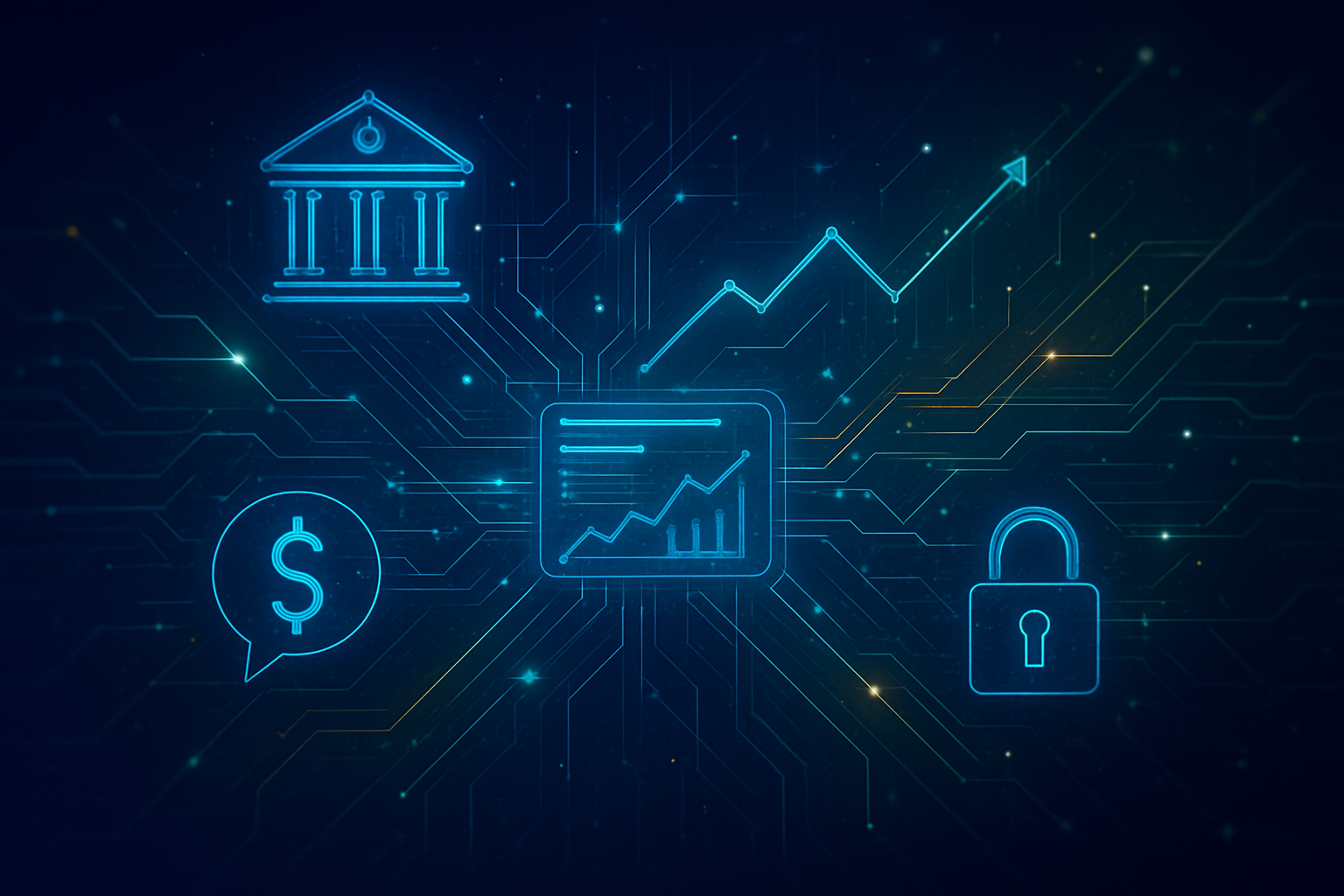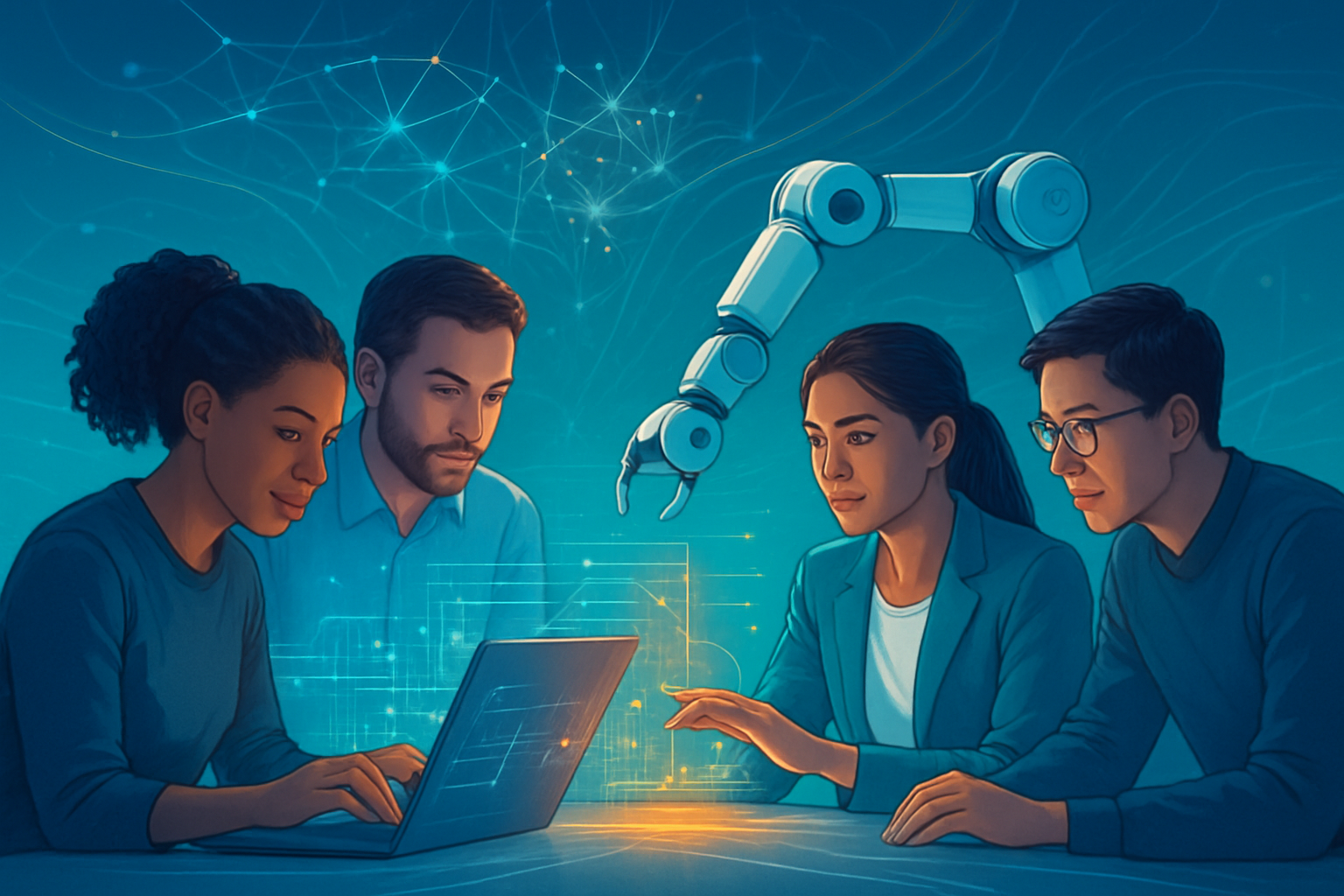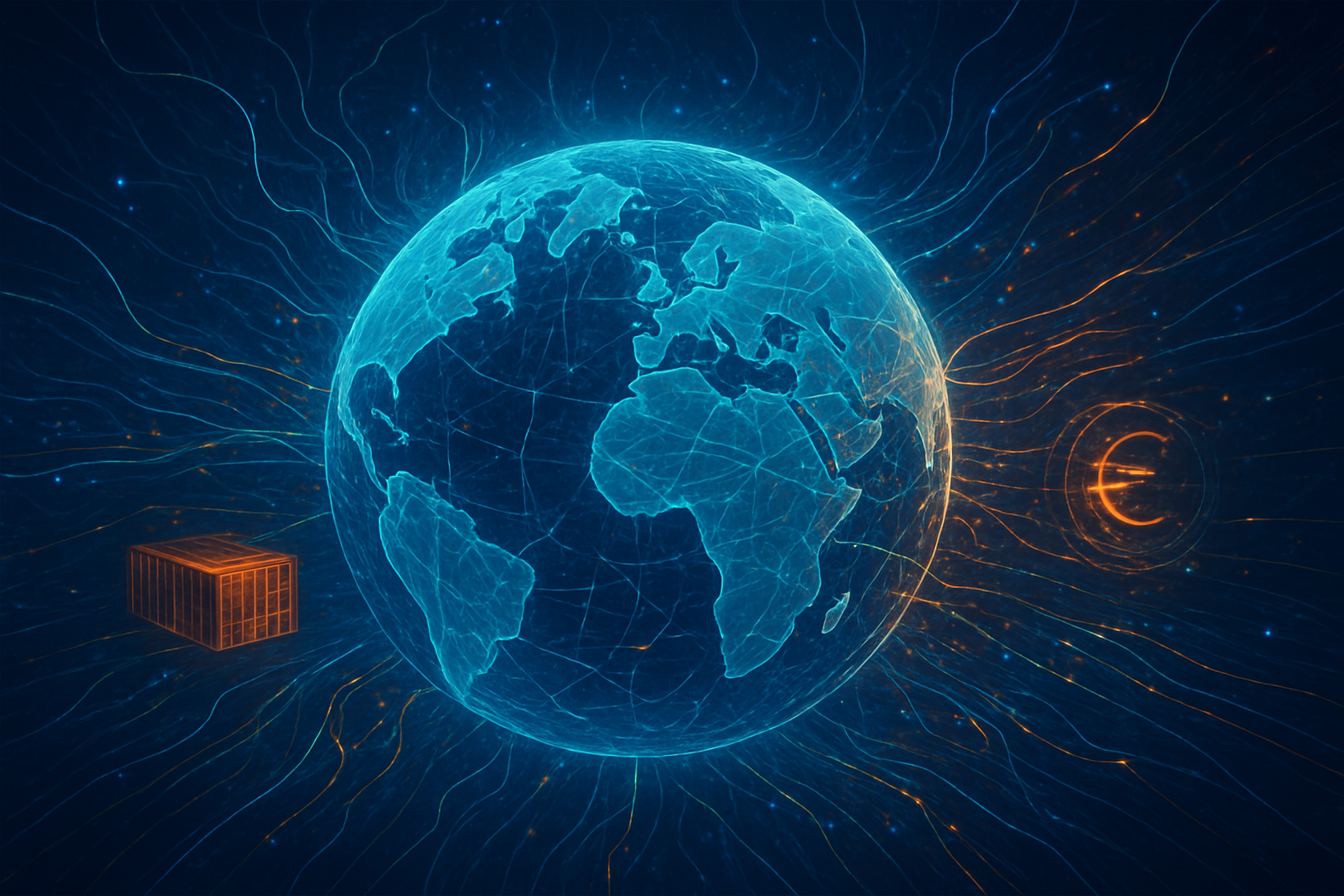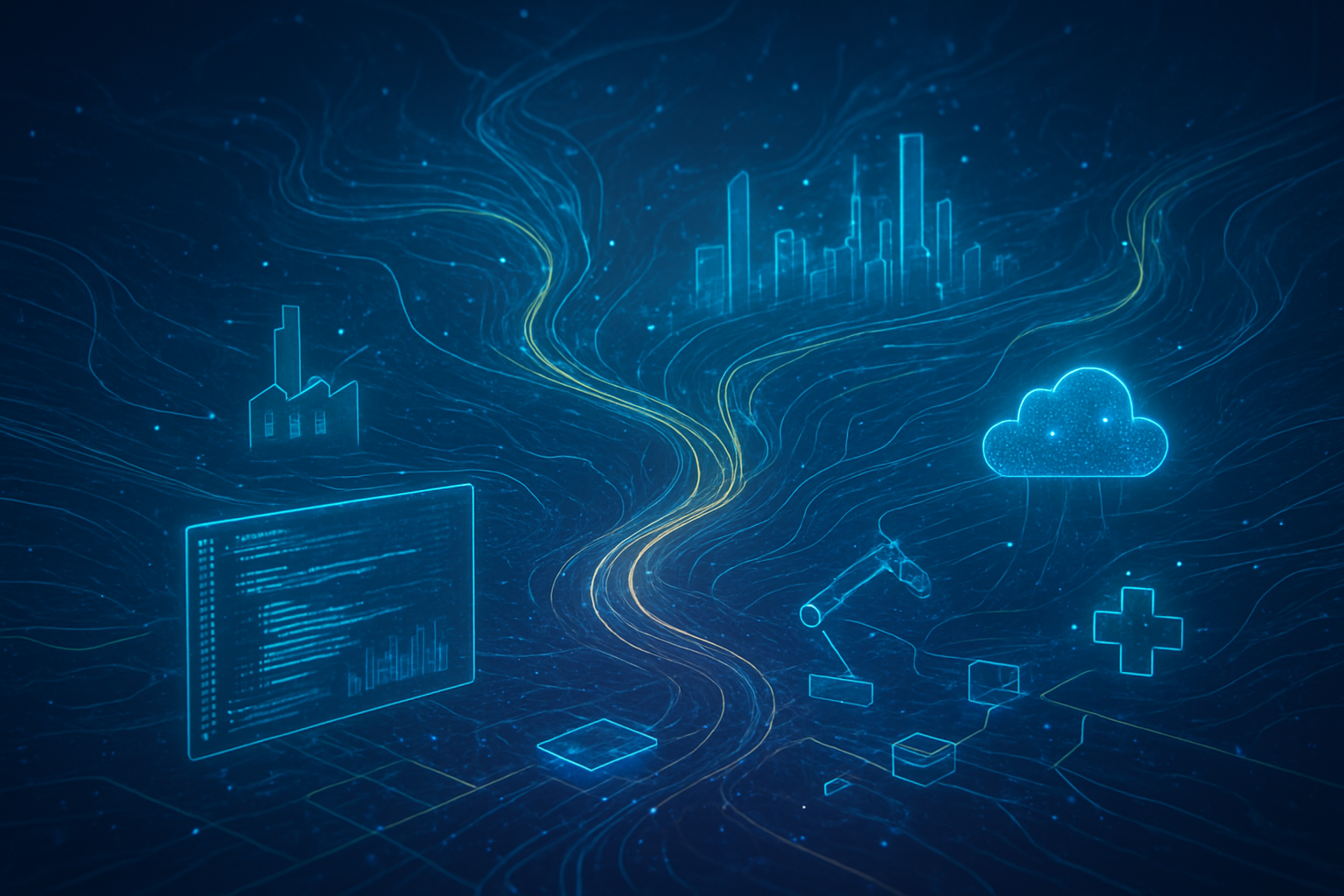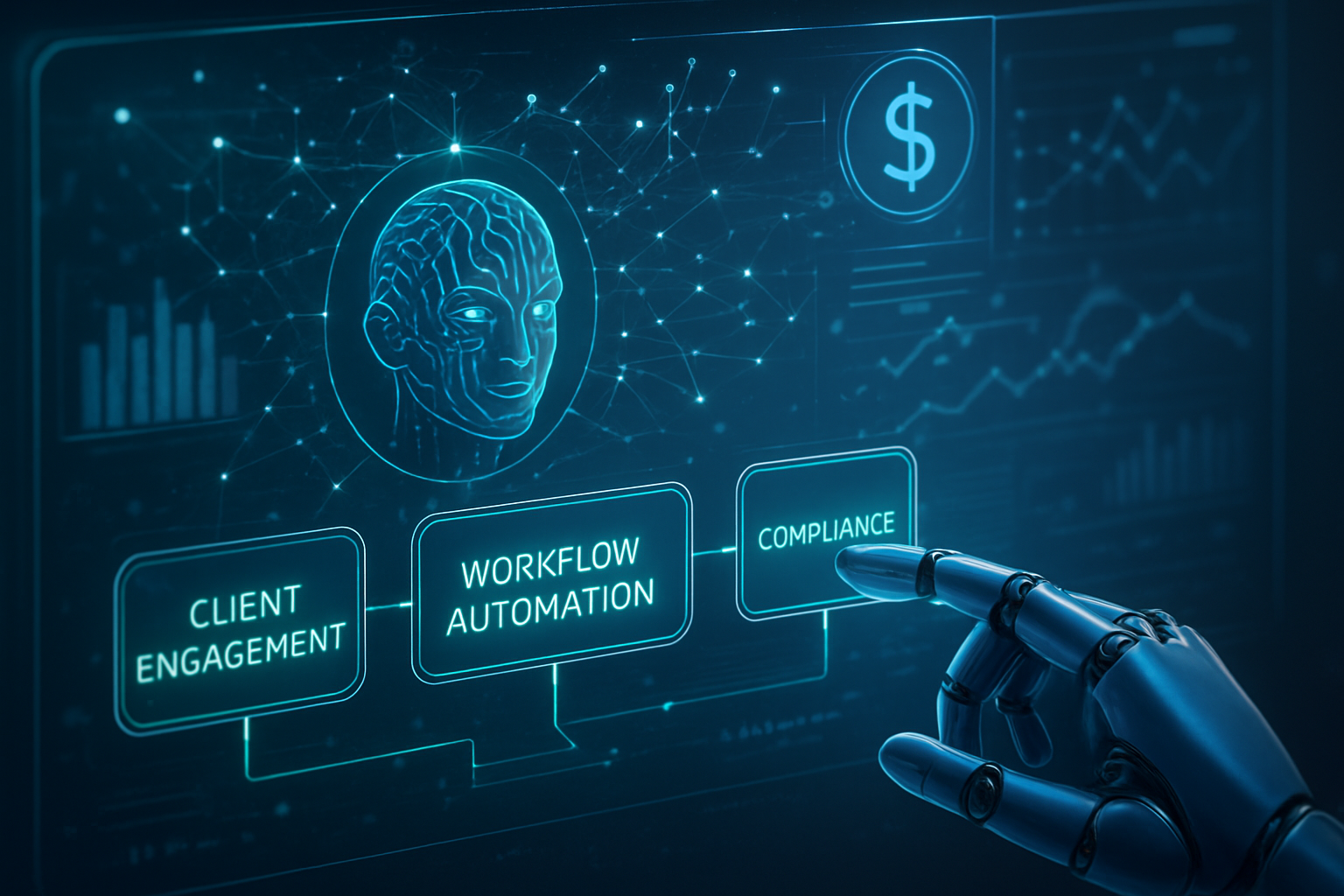London, UK – December 4, 2025 – In a landmark move poised to reshape the European hospitality landscape, Amano Hotels, a leading boutique urban lifestyle brand, has successfully scaled Flexkeeping's advanced automated cleaning technology across its entire portfolio of properties in Europe and the UK. This strategic deployment, announced around today's date, underscores Amano's unwavering commitment to modernizing its operations, enhancing guest experiences, and championing sustainable practices through cutting-edge artificial intelligence.
The immediate significance of this announcement lies in Amano Hotels' embrace of a fully digital, self-service guest experience and streamlined back-of-house operations. By integrating Flexkeeping's innovative Automated Services and Automated Cleanings tools, Amano aims to exert unparalleled quality control, optimize workflows, and rigorously uphold its sustainability commitments across its expanding urban footprint. This initiative is particularly pertinent given Amano's model of outsourcing its cleaning services, as Flexkeeping provides the essential framework for remote monitoring and stringent quality assurance, signaling a profound step towards tech-driven and eco-conscious hospitality.
The Algorithmic Choreography of Cleanliness: Flexkeeping's Technical Prowess
Flexkeeping's automated cleaning technology is a sophisticated, cloud-based software solution designed to revolutionize hotel operations from the ground up. At its core, the system leverages real-time data from Property Management Systems (PMS) – including its now-parent company, Mews (MEWS:AMS), along with Cloudbeds, RMS Cloud, Apaleo, Shiji (600628:SHA), and Oracle (ORCL:NYSE) OPERA – to intelligently orchestrate housekeeping, maintenance, and staff collaboration.
The platform's technical capabilities are extensive. It begins with deep data integration and analysis, pulling crucial reservation data such as length of stay, room rate, guest count, and real-time room status. Based on this, Flexkeeping's Automated Scheduling and Room Allocation engine automatically generates complex cleaning schedules and assigns rooms to housekeeping staff. This includes managing daily recurring tasks, preventive maintenance, and even flexible cleaning cycles based on specific hotel rules or local regulations. The system ensures tasks are instantly updated with any changes in reservation data, maintaining dynamic and accurate schedules.
A standout feature is Flexie AI, an AI-powered voice assistant that dramatically enhances staff communication. Hotel employees can simply speak into their mobile devices (iPhone and Android) to create and update tasks, which Flexie AI then auto-translates into over 240 languages. This capability is a game-changer for diverse, multilingual hotel workforces, eliminating language barriers and ensuring seamless communication across departments. Furthermore, Automated Services identifies personalized guest needs directly from PMS data (e.g., a baby cot for an infant reservation) and automatically schedules and assigns necessary tasks. A "no-code Workflow Builder" is also in beta, promising even greater customization for automated workflows.
Unlike traditional hotel cleaning management, which often relies on inefficient manual processes like paper checklists, phone calls, and instant messages, Flexkeeping provides a unified, real-time platform. This eliminates delays, ensures seamless coordination, and offers data-driven decision-making through in-depth analytics. Managers gain 24/7 digital oversight, enabling them to spot trends, identify bottlenecks, and optimize resource allocation. Hotels utilizing Flexkeeping have reported remarkable efficiency gains, including optimizing operations by up to 70-90% and increasing staff productivity by 40%, a stark contrast to the inefficiencies inherent in conventional, fragmented systems.
Industry Ripples: Competitive Implications and Strategic Advantages
Amano Hotels' comprehensive scaling of Flexkeeping's technology, particularly following Flexkeeping's acquisition by Mews in September 2025, sends significant ripples through the AI and hospitality technology sectors. This move solidifies Mews's market position and presents both opportunities and challenges for various players.
Specialized AI companies focusing on niche solutions within hospitality, such as those in predictive analytics for operational efficiency or advanced natural language processing (NLP) for multilingual staff communication, stand to benefit. The success of Flexkeeping's AI-driven approach validates the demand for intelligent automation, potentially increasing investment and adoption across the board for innovative AI solutions that integrate seamlessly into larger platforms. Conversely, AI companies offering standalone, less integrated solutions for housekeeping or staff collaboration will face heightened competitive pressure. Mews's comprehensive, AI-enhanced operating system, which connects front-desk, housekeeping, and maintenance, sets a new benchmark that challenges fragmented tools lacking deep operational integration.
For tech giants, the implications are two-fold. Those providing foundational AI infrastructure, such as cloud computing services (like Microsoft's (MSFT:NASDAQ) Azure OpenAI Service) and machine learning platforms, will see increased demand as hospitality tech providers expand their AI functionalities. However, established tech giants with their own hospitality product suites, such as Oracle Hospitality (ORCL:NYSE) with its OPERA PMS, will need to accelerate their integration of sophisticated AI and automation features to remain competitive. Mews's strategy of creating an "all-in-one" AI-enhanced operating system could disrupt the market share of larger, more traditional players who might offer less cohesive or API-driven solutions.
Hospitality startups also face a shifting landscape. Those developing innovative, specialized AI tools that can integrate easily into larger platforms through APIs are well-positioned for partnerships or acquisitions by major players like Mews. Mews Ventures, the investment arm of Mews, has a track record of strategic acquisitions, indicating an appetite for complementary technologies. However, startups directly competing with Flexkeeping's core offerings—automated housekeeping, maintenance, and staff collaboration—will face a formidable challenge. Mews's enhanced market reach and comprehensive solution, combined with Flexkeeping's proven track record of boosting productivity and reducing guest complaints, will make it difficult for new entrants to compete effectively in these specific areas. This development accelerates the obsolescence of manual operations and fragmented software, pushing the industry towards unified, data-driven platforms.
Beyond the Broom: Wider Significance and the Future of Work
The widespread deployment of Flexkeeping's automated cleaning technology by Amano Hotels represents more than just a localized operational upgrade; it signifies a profound shift in how the hospitality industry perceives and integrates AI. This development fits squarely within a broader AI landscape trend where operational efficiency and sustainability are key drivers for technological adoption in service industries.
AI's role in hospitality is rapidly expanding, with a projected market size exceeding $150 billion by 2030 and a 60% annual increase in AI adoption. Much of this impact is "silent," operating behind the scenes to optimize processes without direct guest interaction, precisely what Flexkeeping achieves. This move from surface-level automation to essential infrastructure highlights AI becoming a core component of a hotel's operational backbone. For efficiency, Flexkeeping's real-time, data-driven scheduling reduces manual input, streamlines room turnovers, and optimizes staff allocation, reportedly leading to 30-40% reductions in operational costs. In terms of sustainability, automated cleaning schedules can facilitate eco-friendly options like guests skipping daily housekeeping, reducing water, energy, and chemical consumption, aligning perfectly with Amano's Green Key certification and broader environmental commitments.
The future of work in hospitality is also profoundly affected. While concerns about job displacement persist—with 52% of hospitality professionals believing AI is more likely to replace jobs than create them—this deployment showcases AI as a tool to augment the workforce rather than entirely replace it. By automating repetitive tasks, staff can focus on higher-value activities, such as direct guest engagement and personalized service, thereby enhancing the human touch that is critical to hospitality. New roles focused on managing AI systems, analyzing data, and customizing experiences are expected to emerge, necessitating upskilling and reskilling initiatives. Potential concerns around data privacy also loom large, as extensive data collection for personalization requires robust data governance and transparent privacy policies to maintain guest trust and ensure compliance with regulations like GDPR.
Compared to foundational AI breakthroughs like IBM's (IBM:NYSE) Deep Blue defeating Garry Kasparov or the advent of autonomous vehicles, Amano's adoption of Flexkeeping is not a groundbreaking leap in core AI research. Instead, it represents the maturing and widespread application of existing AI and automation technologies to a specific, critical operational function within a traditional service industry. It signals a move towards intelligent automation becoming standard infrastructure, demonstrating how AI can drive efficiency, support sustainability goals, and redefine job roles in a sector historically reliant on manual processes.
The Horizon: Predictive Maintenance, Robotics, and Hyper-Personalization
Building on the success of Amano Hotels' Flexkeeping deployment, the future of AI-powered cleaning and operations in hospitality is poised for even more transformative developments in both the near and long term.
In the near term (1-3 years), expect to see the proliferation of smarter cleaning technologies such as autonomous cleaning robots capable of navigating complex hotel environments and smart sensors in rooms indicating precise cleaning needs. Enhanced disinfection protocols, including UV-C sterilization robots and advanced air filtration, will become standard. The focus will be on data-driven housekeeping, leveraging AI to optimize schedules, predict amenity restocking, and manage inventory in real-time, moving away from manual processes. Personalized cleaning services, tailored to individual guest preferences, will also become more common.
Looking further ahead (3+ years), the industry anticipates deeper integration and more sophisticated capabilities. Advanced robotics will evolve beyond basic floor cleaning to include complex navigation, real-time obstacle response, and even assistance with tasks like amenity delivery or bed-making. Hyper-personalization at scale will leverage vast amounts of guest data to anticipate needs before arrival, customizing room environments (lighting, temperature, aroma) and pre-stocking favorite items. Predictive maintenance, powered by AI and IoT sensors embedded in hotel infrastructure, will anticipate equipment failures days or weeks in advance, enabling proactive repairs and minimizing downtime. Smart room features, including voice-activated controls for room settings and real-time issue detection via IoT sensors, will become commonplace.
However, several challenges must be addressed for broader adoption. High costs and implementation complexities can deter smaller properties. Integration challenges with existing legacy systems remain a hurdle. Staff training and adaptation are crucial to equip employees with the skills to work alongside AI, and resistance to change due to job displacement fears must be managed. Guest privacy concerns regarding extensive data collection will necessitate transparent policies and robust governance. Experts predict a future of hybrid staffing models, where AI and robots handle routine tasks, freeing human staff for more complex, personalized, and emotionally intelligent service. AI is seen as an enabler, enhancing human capabilities and leading to a surge in market growth for AI-driven hospitality solutions, ultimately creating a new breed of "creative hoteliers."
A New Era for Hospitality: Intelligent Automation Takes Center Stage
The scaling of Flexkeeping's automated cleaning technology by Amano Hotels is a pivotal moment, signaling the hospitality industry's accelerating embrace of intelligent automation. This development underscores several key takeaways: the critical role of automation in enhancing efficiency and consistency, the empowerment of staff through AI-driven communication tools like Flexie AI, and the undeniable shift towards data-driven decision-making in hotel management. It also demonstrates how modern hotel concepts, such as Amano's self-service model, can thrive by integrating advanced digital solutions.
In the broader context of AI history, this initiative marks an important step in the application of "agentic AI" within operational workflows. It moves AI beyond analytical tools or guest-facing chatbots to become an active, decision-making participant in back-of-house processes, improving productivity and communication for staff. For the hospitality industry, its significance lies in driving operational optimization, enhancing the guest experience through personalized services, addressing persistent labor shortages, and supporting crucial sustainability initiatives.
The long-term impact is poised to be transformative, leading to increased "human + machine" collaboration, hyper-personalized guest journeys, and truly predictive operations. The industry will evolve towards integrated digital ecosystems, breaking down data silos and enabling intelligent actions across all departments. This will necessitate a focus on ethical AI use, robust data privacy frameworks, and continuous workforce reskilling to manage the evolving demands of a technology-infused environment.
In the coming weeks and months, the industry should watch for further developments in agentic AI, deeper system integrations within comprehensive hotel technology stacks, and the emergence of more specialized AI applications beyond cleaning, such as advanced forecasting and guest-facing robots. The transformation of the workforce, with a greater emphasis on personalized service and AI management, will also be a critical area to monitor, along with guest adoption and feedback on these new AI-driven experiences. The revolution in hospitality, powered by AI, has truly begun.
This content is intended for informational purposes only and represents analysis of current AI developments.
TokenRing AI delivers enterprise-grade solutions for multi-agent AI workflow orchestration, AI-powered development tools, and seamless remote collaboration platforms.
For more information, visit https://www.tokenring.ai/.

